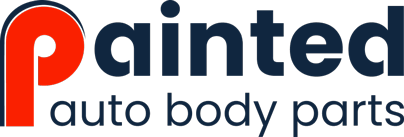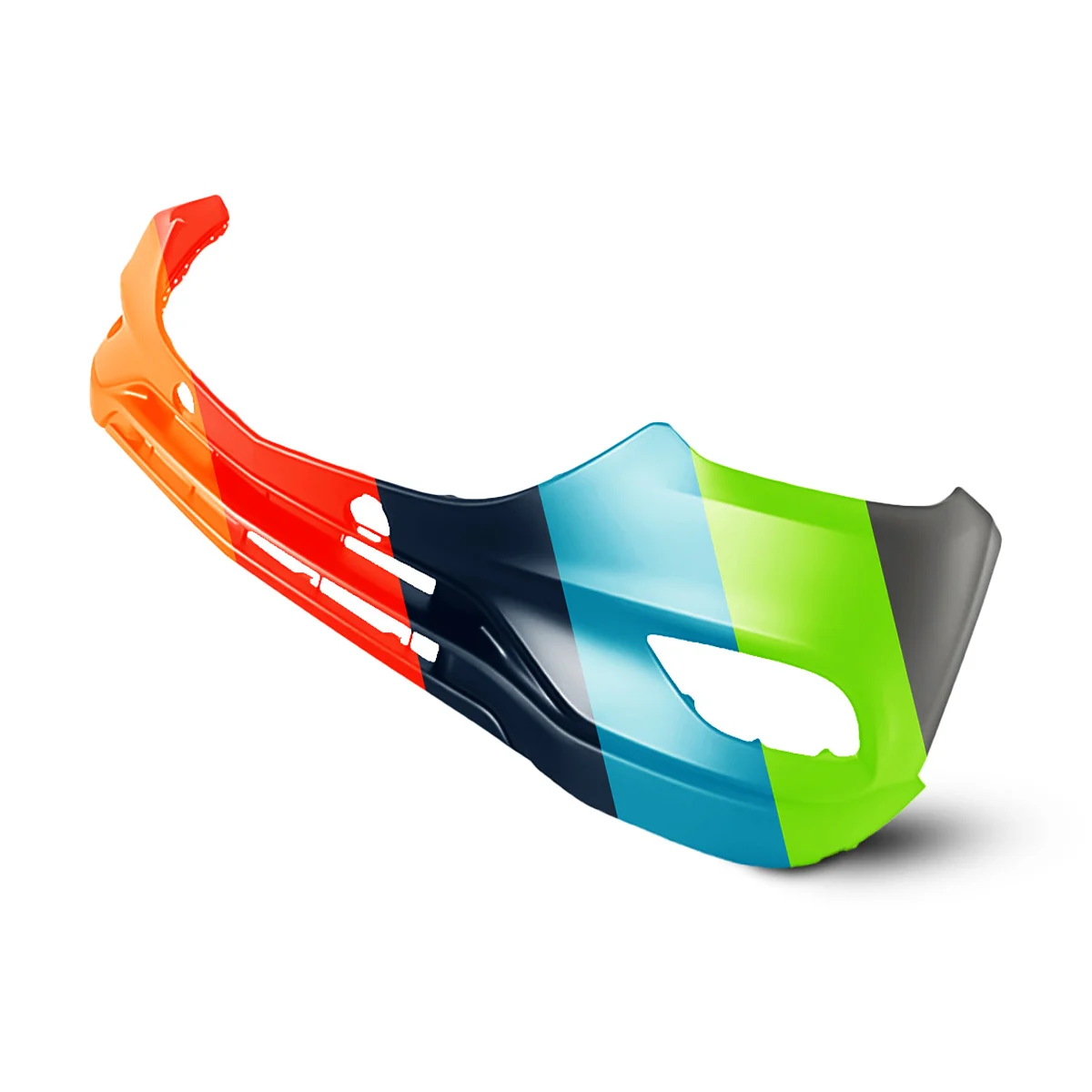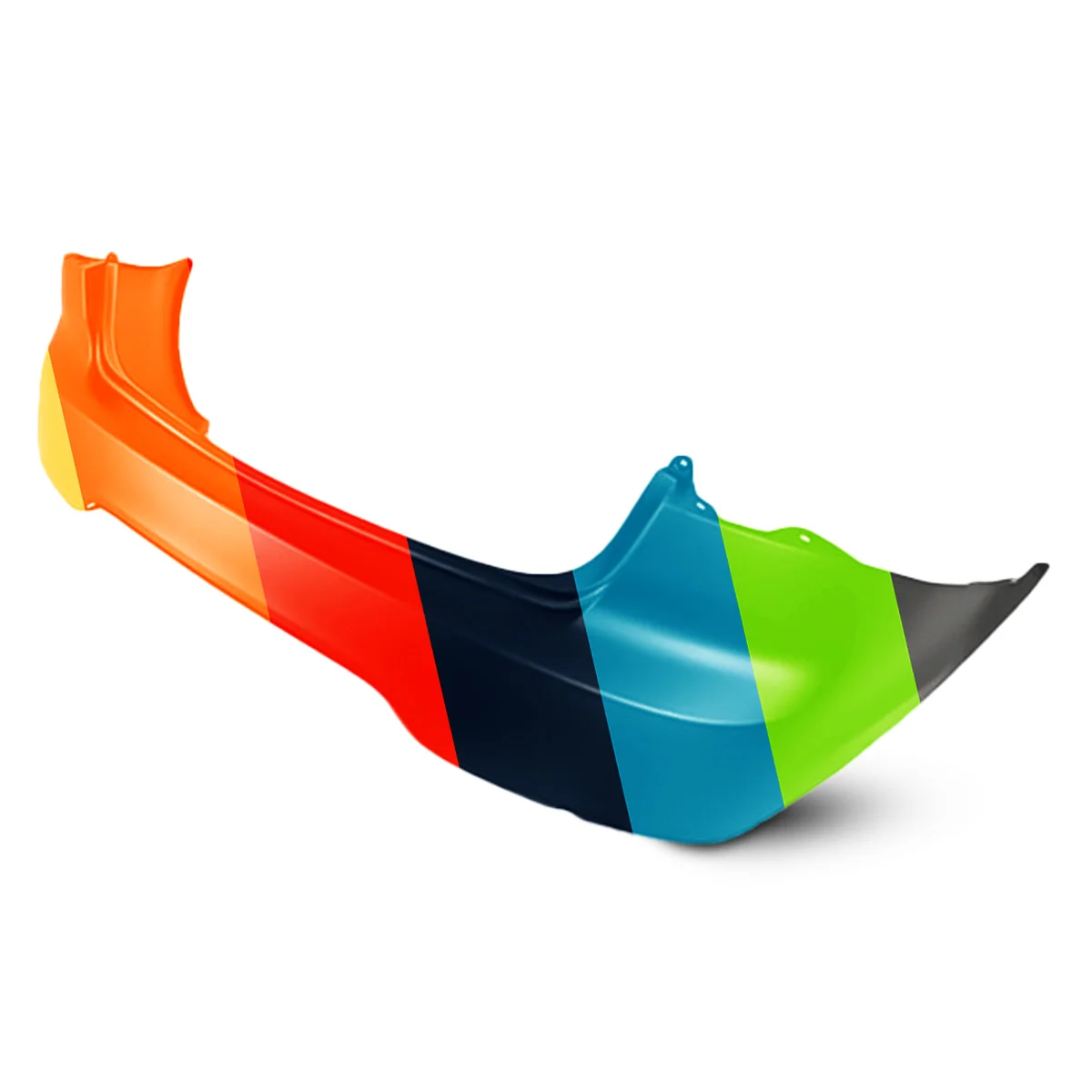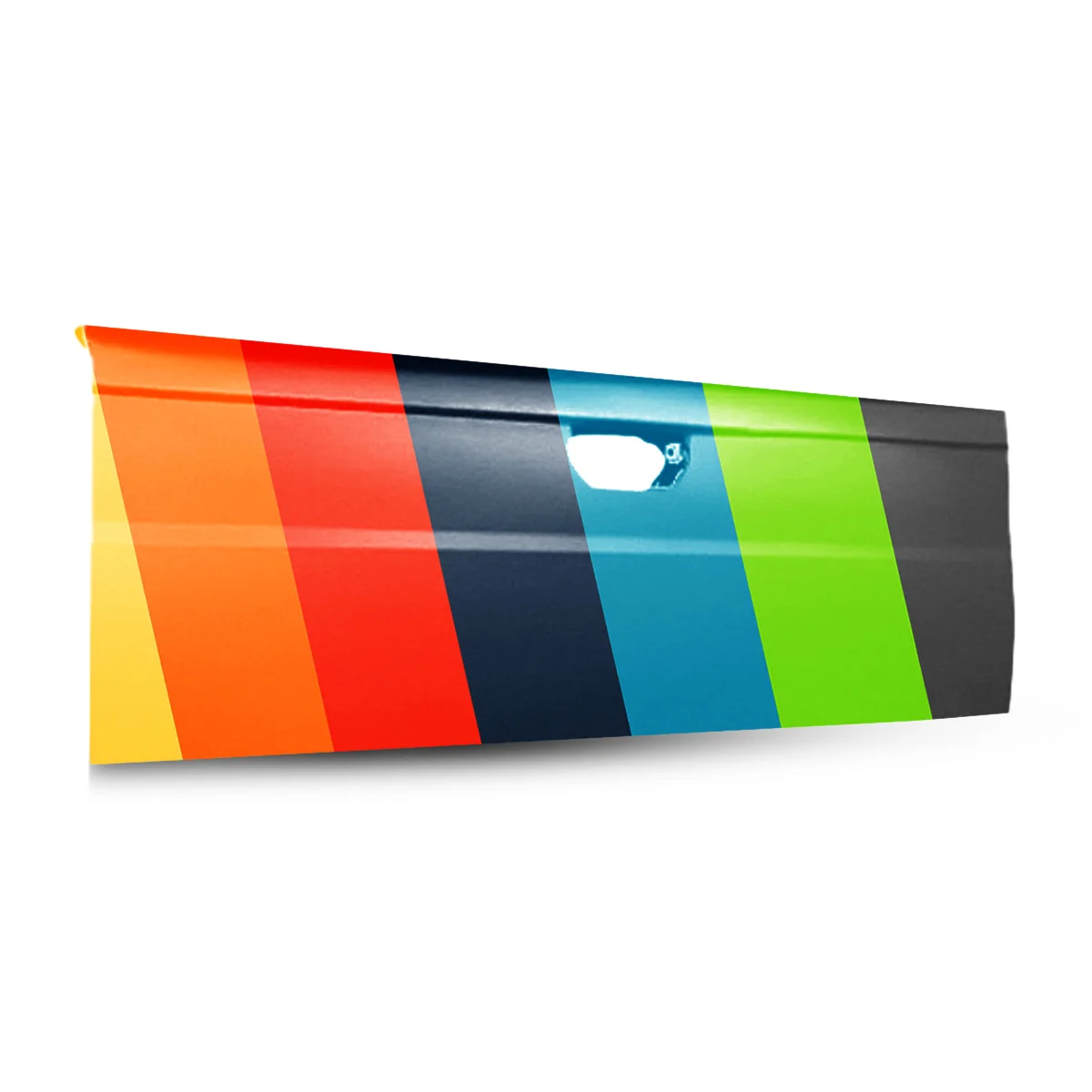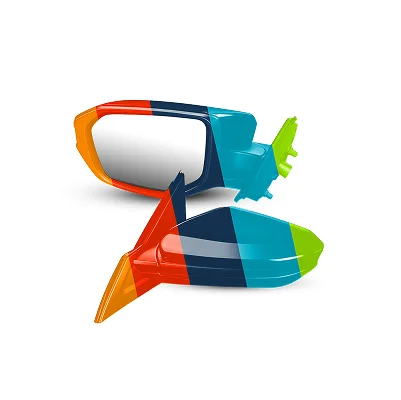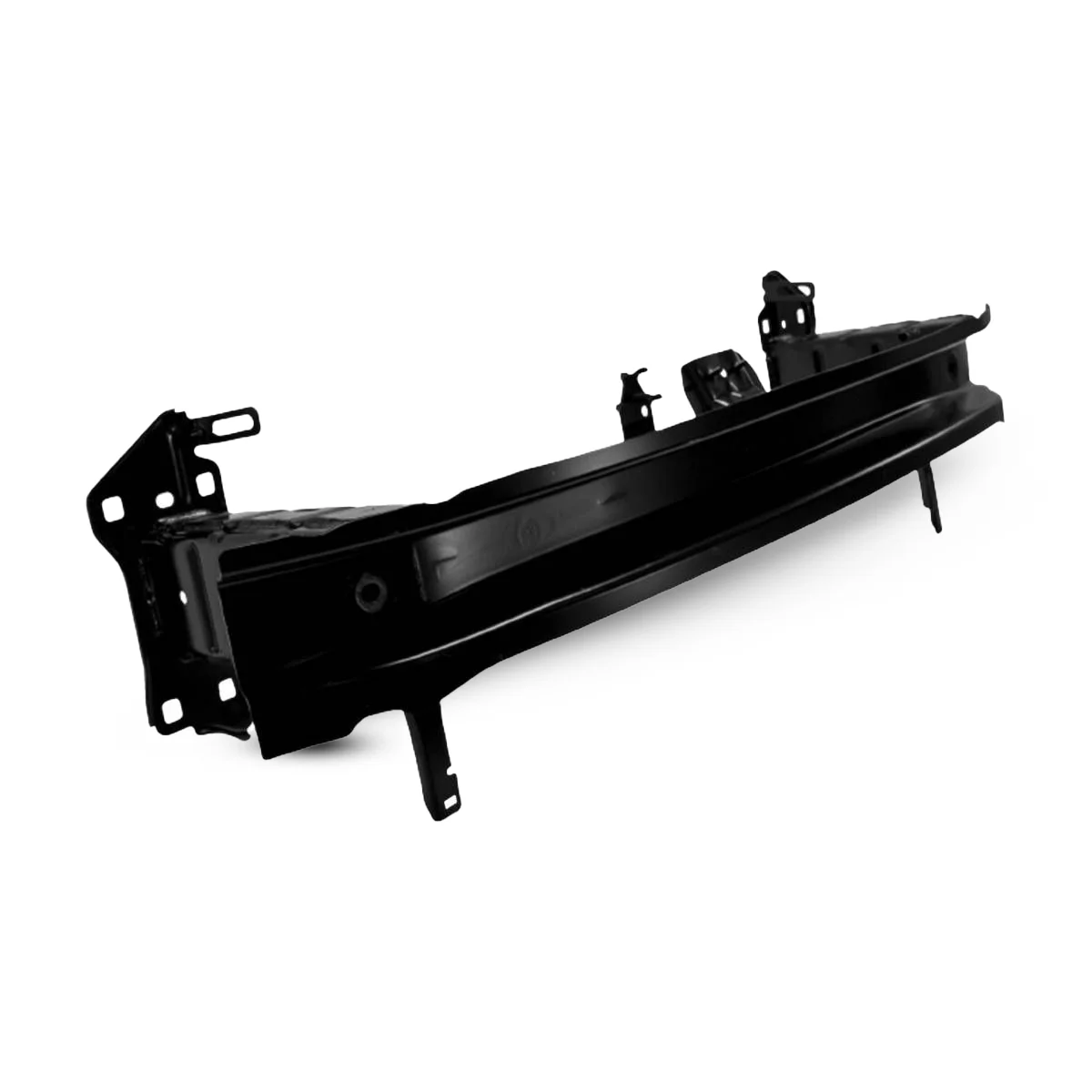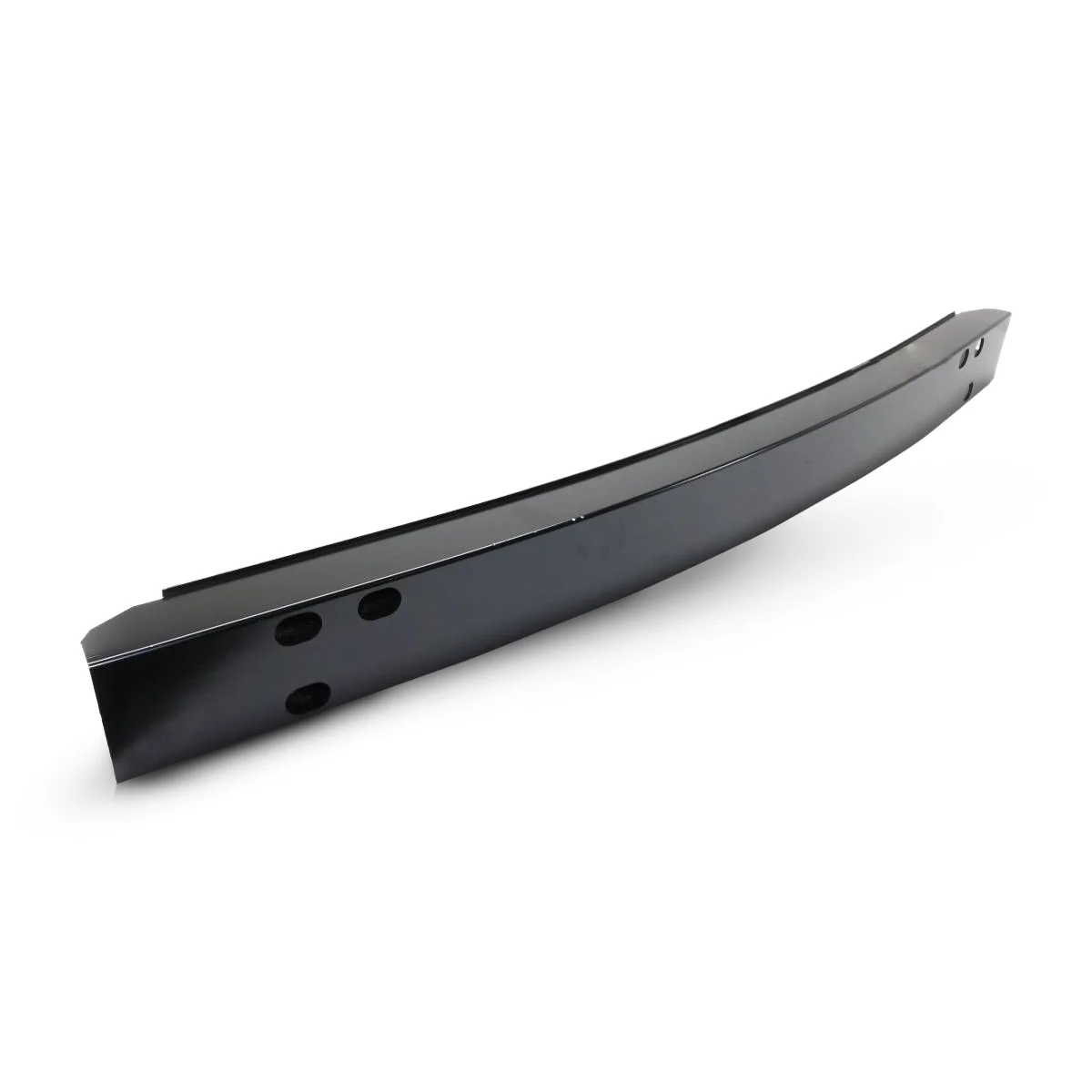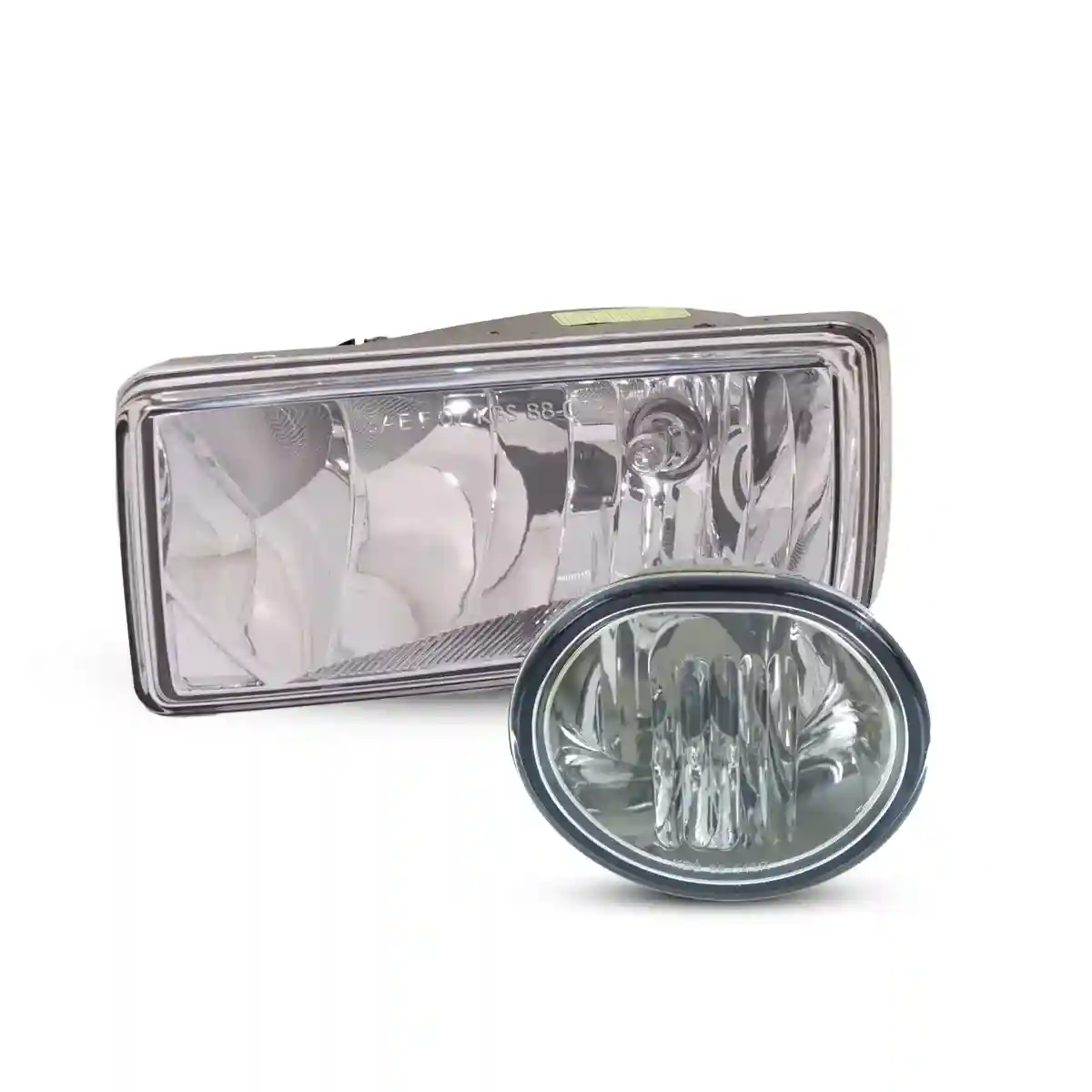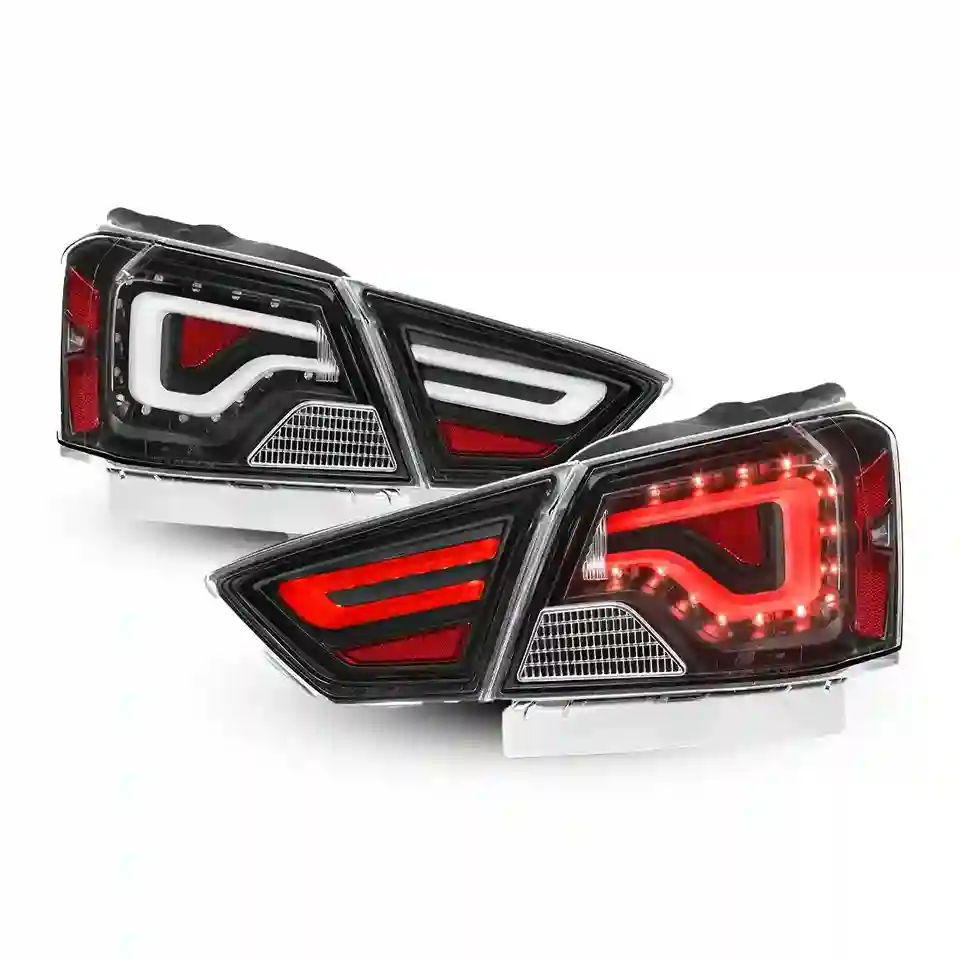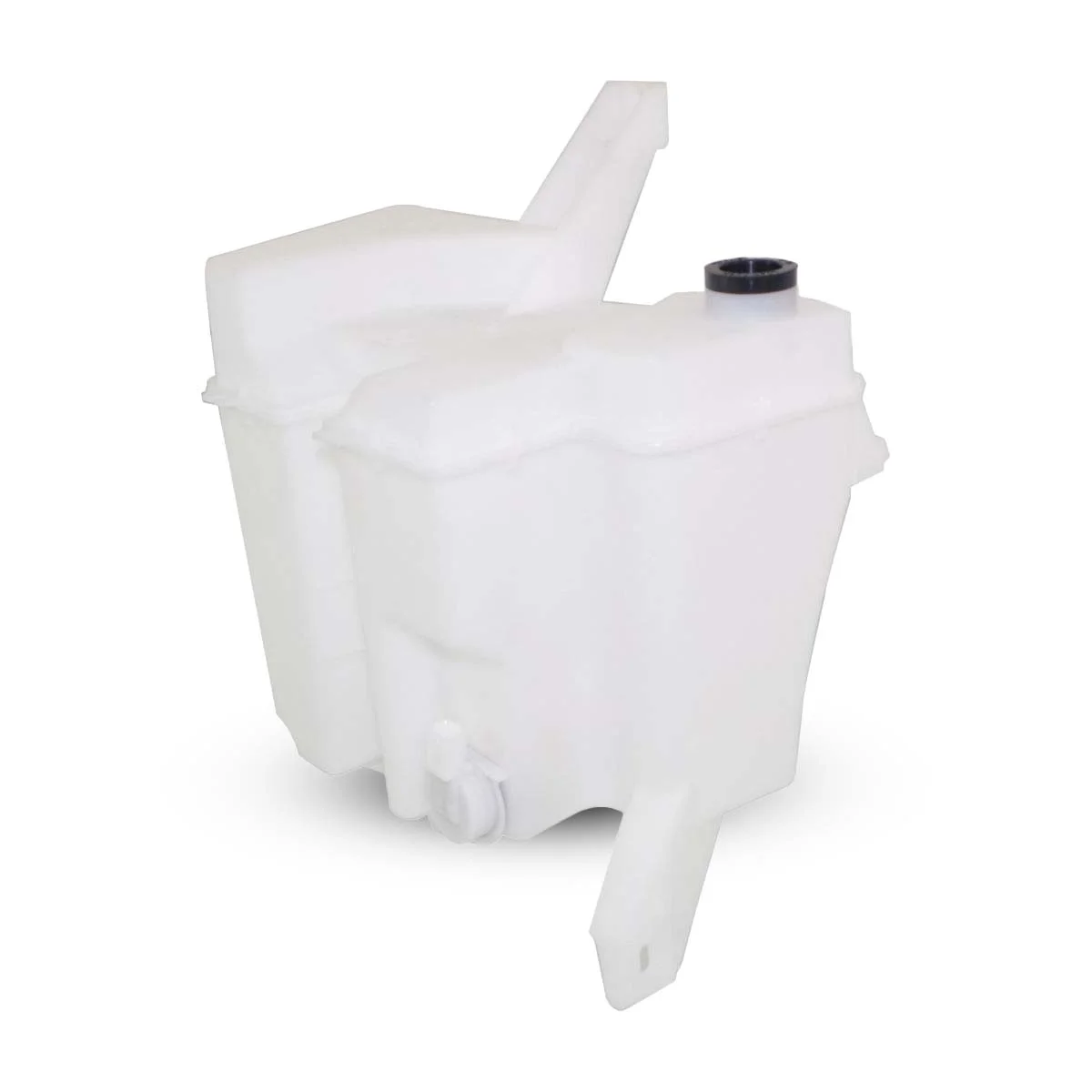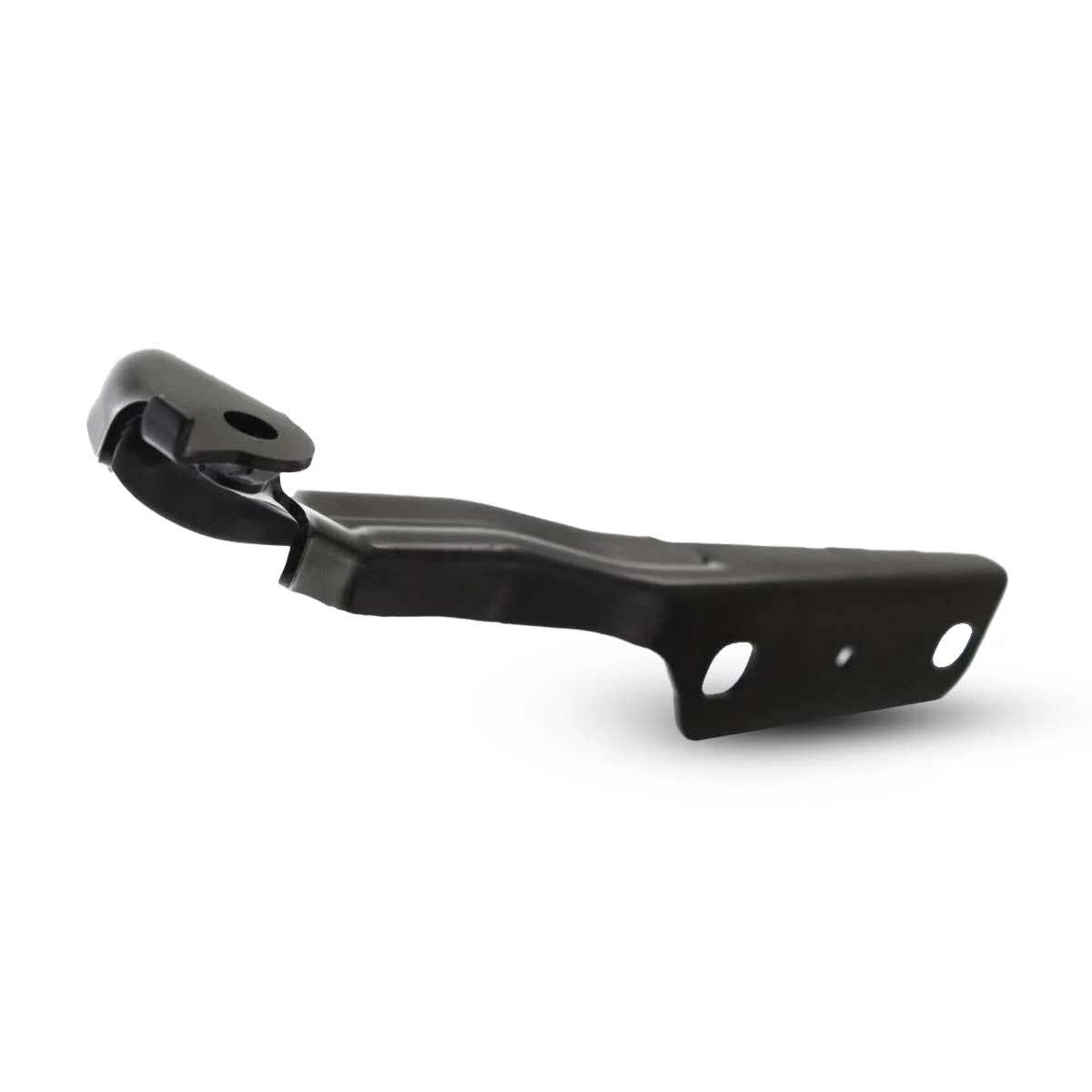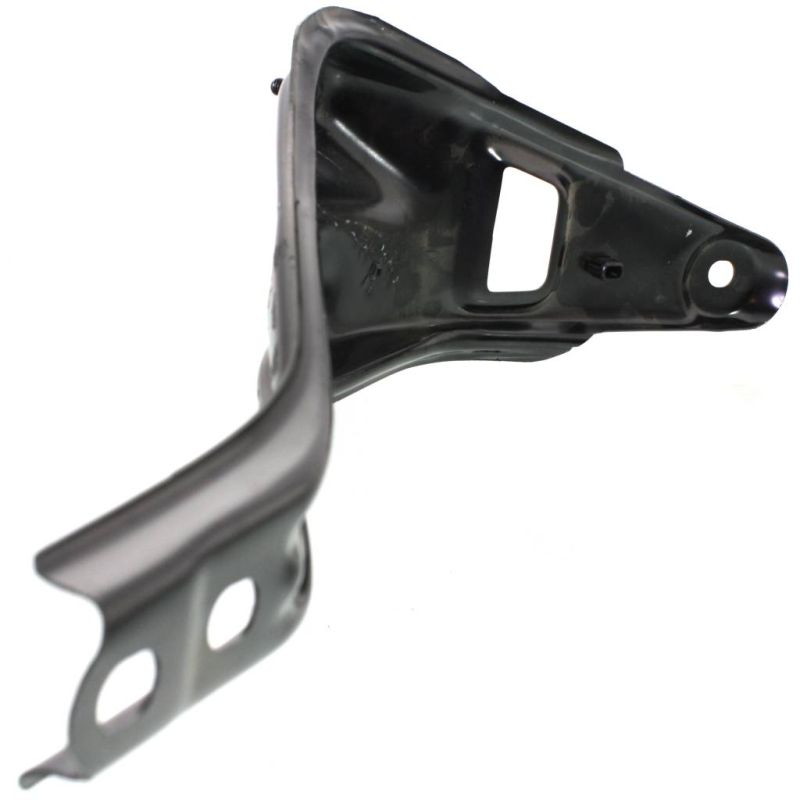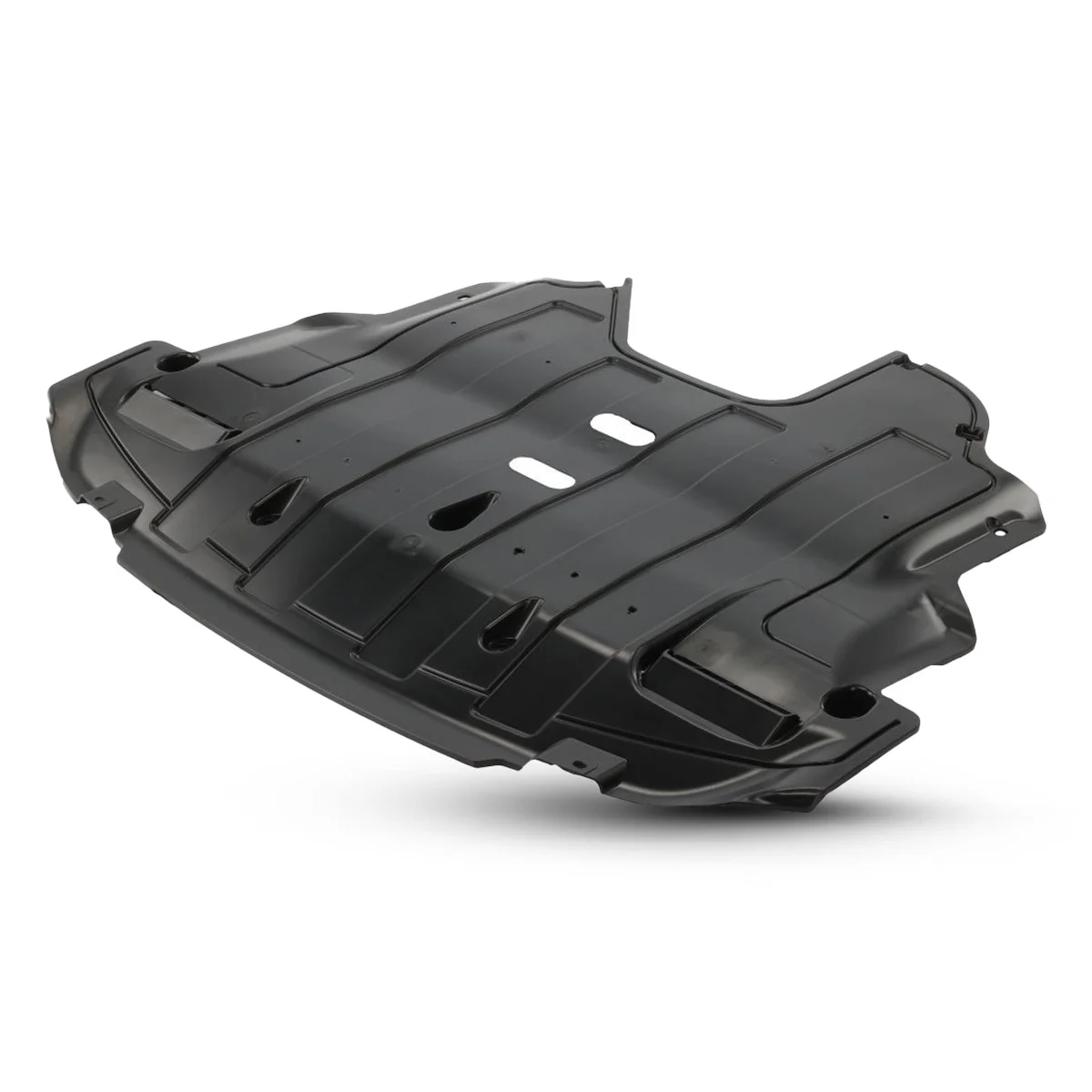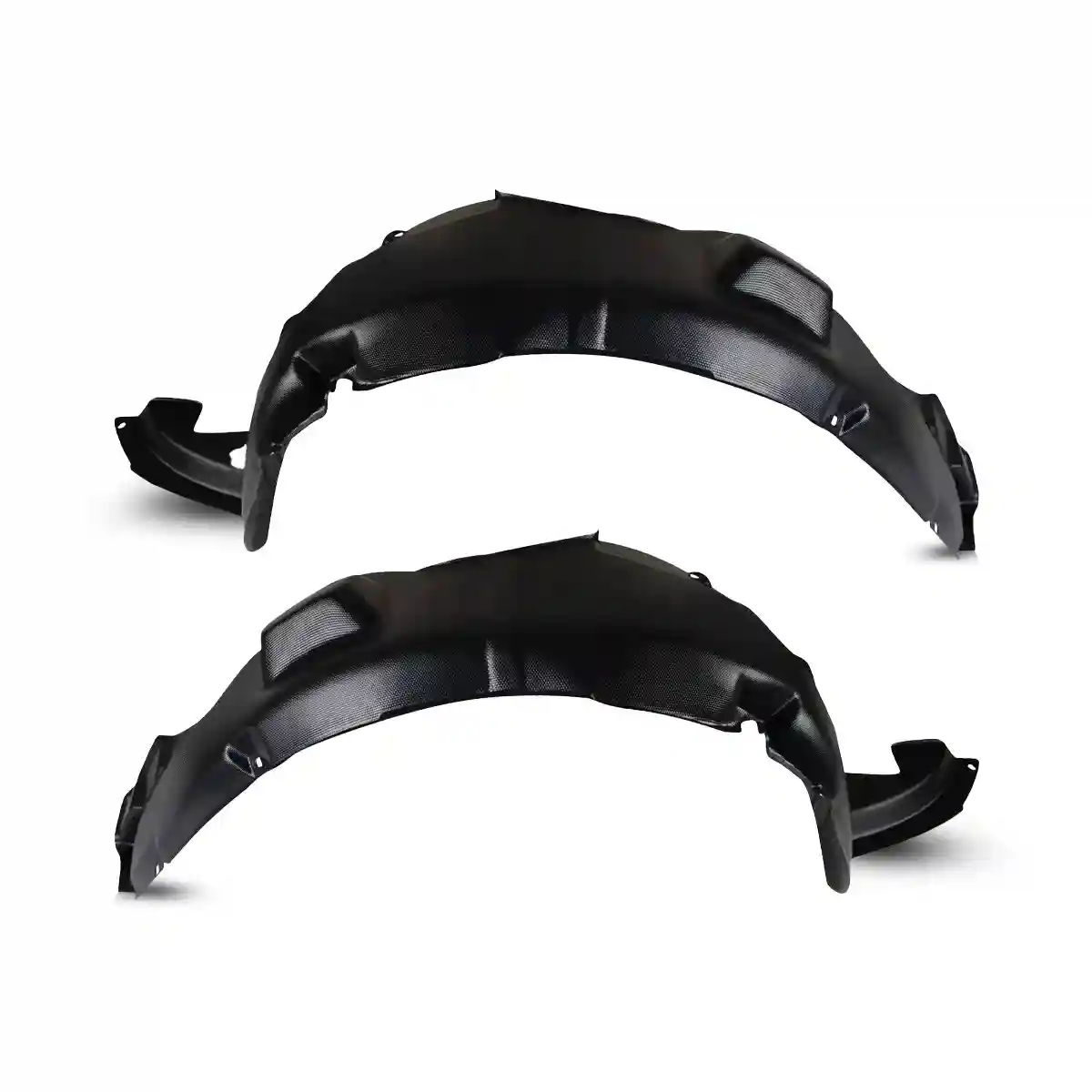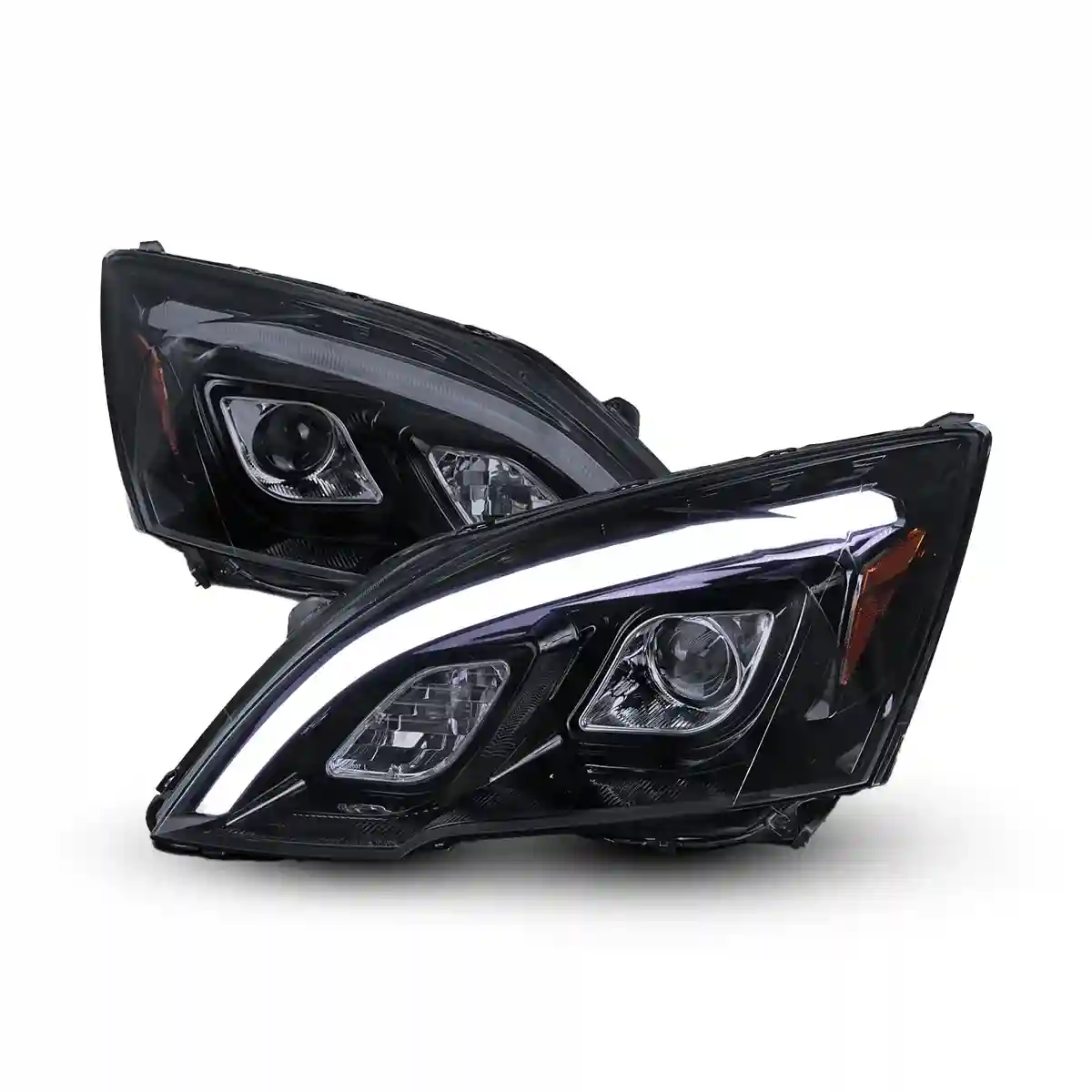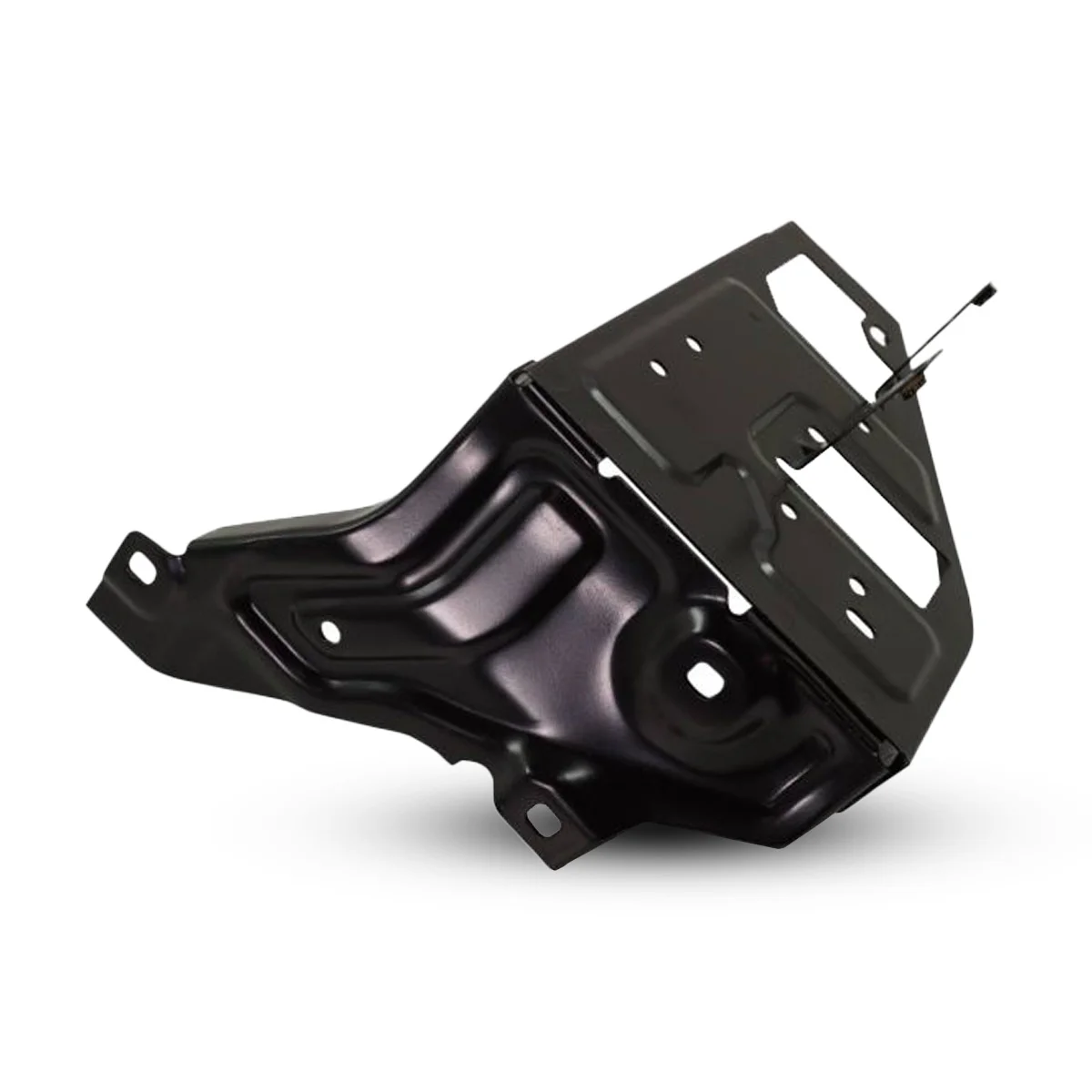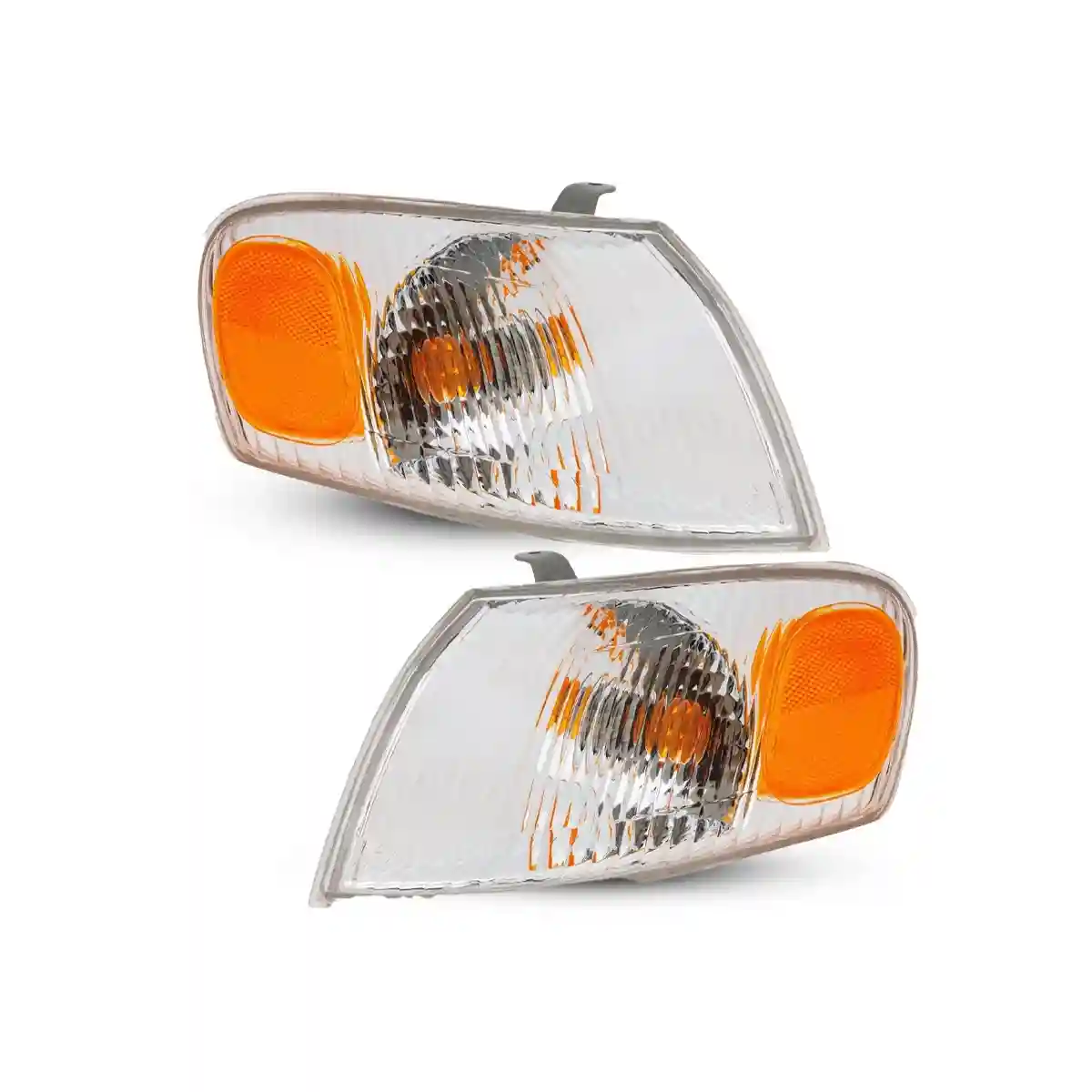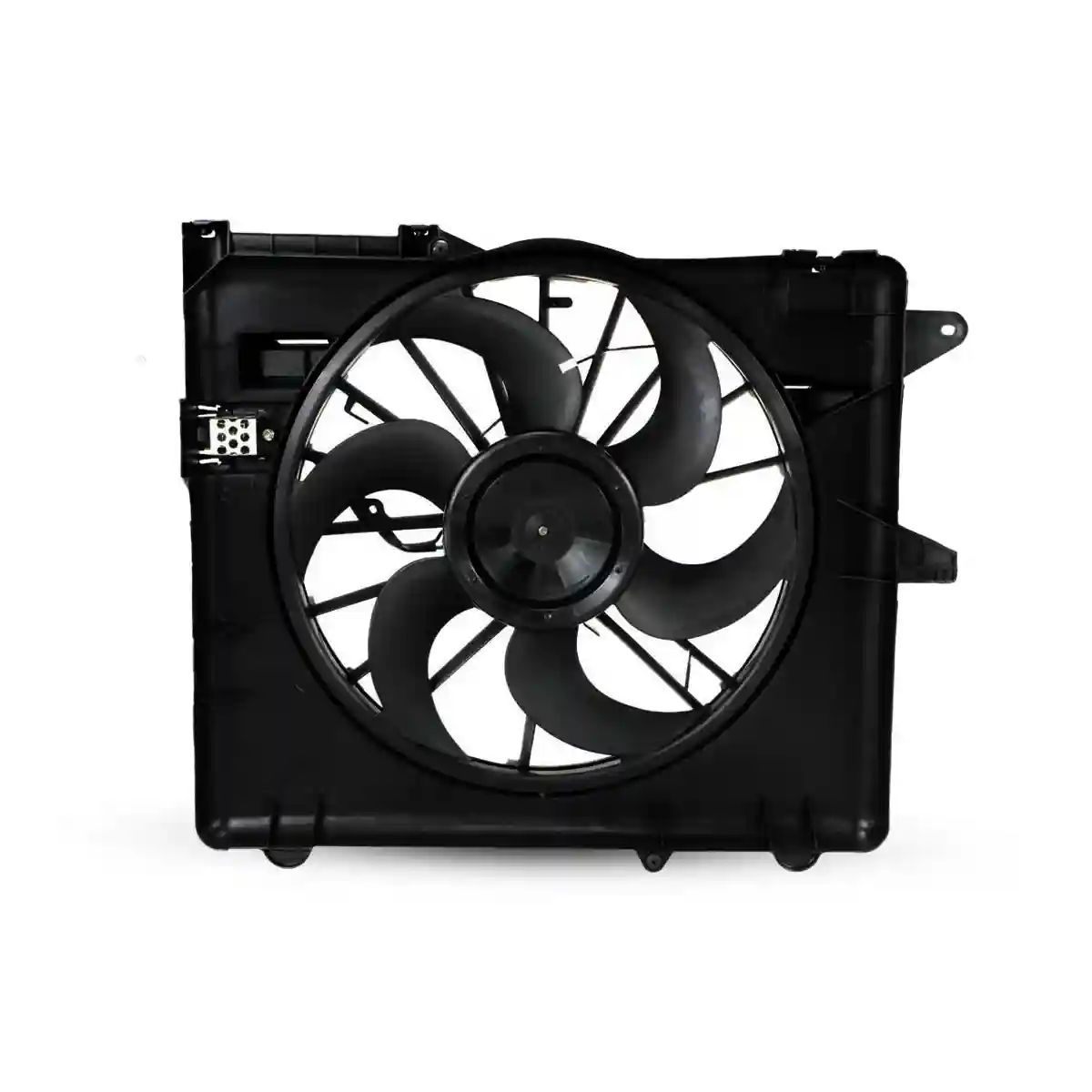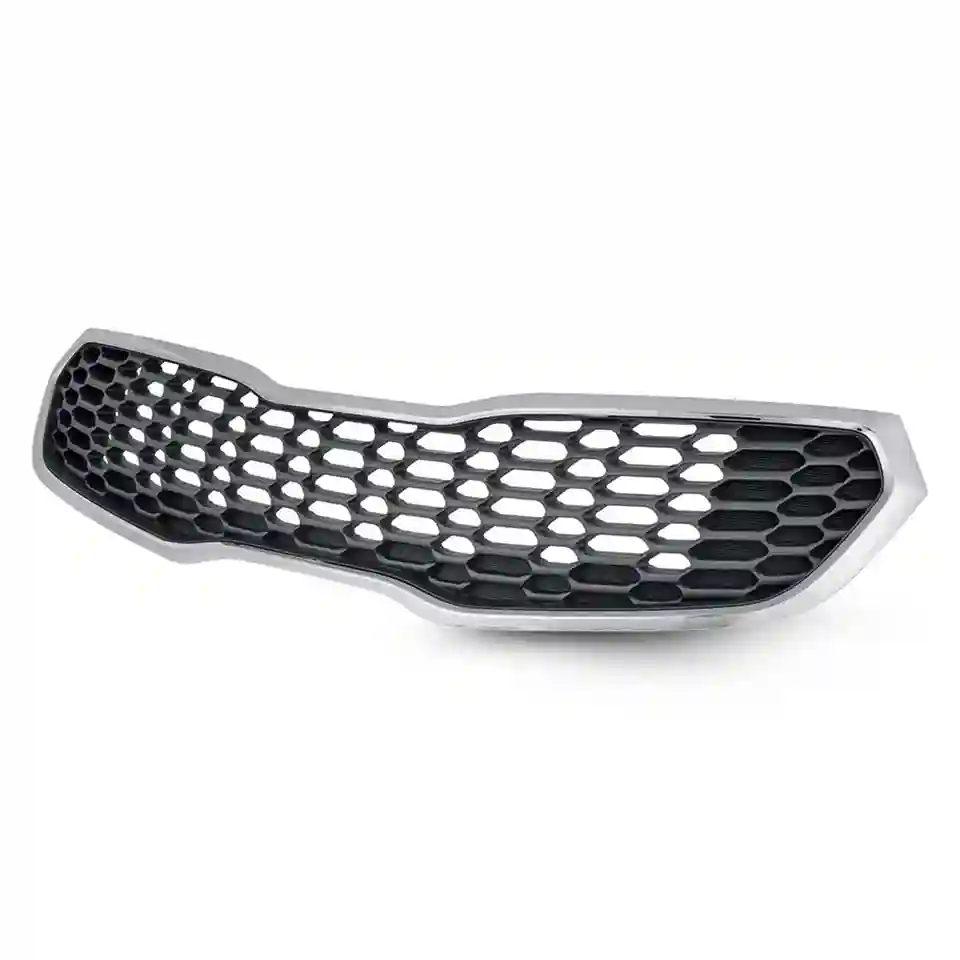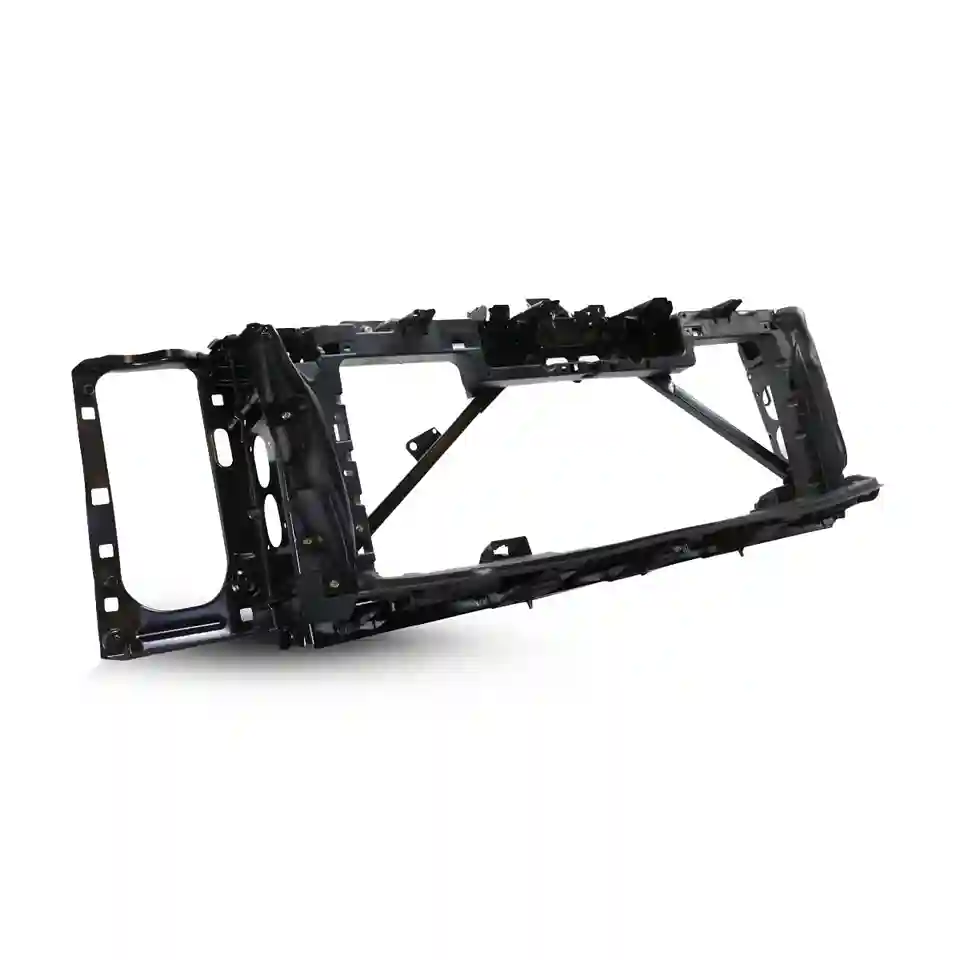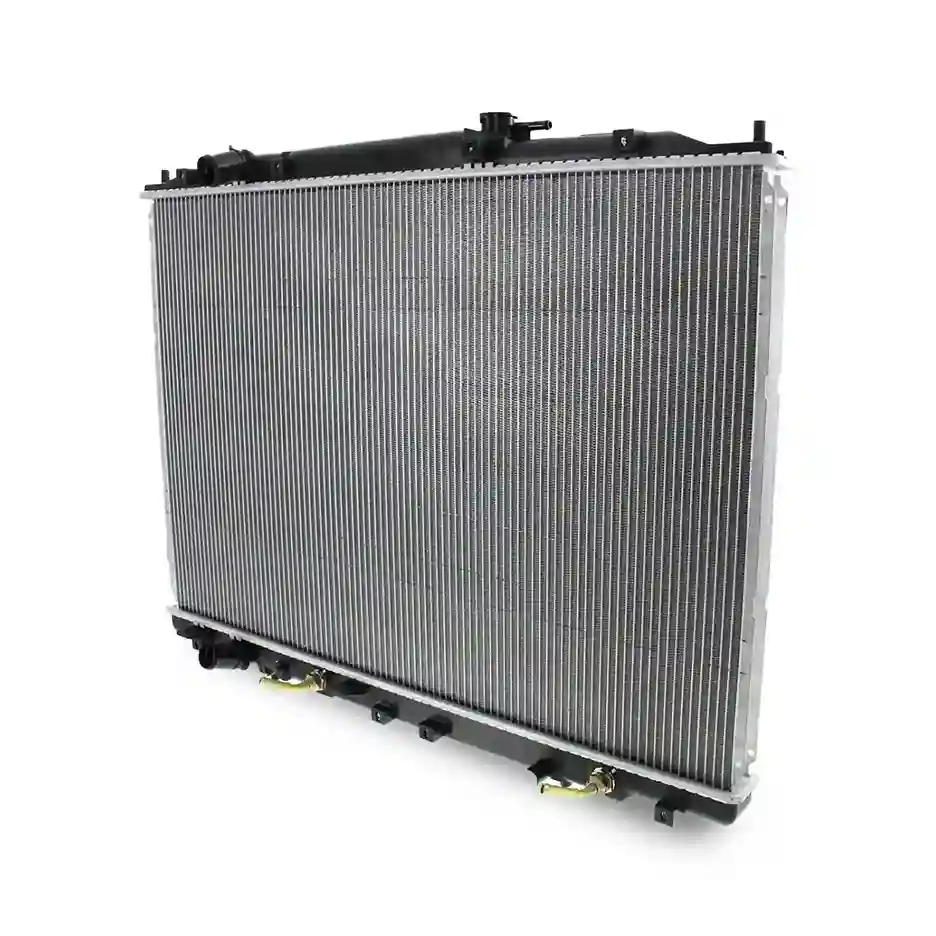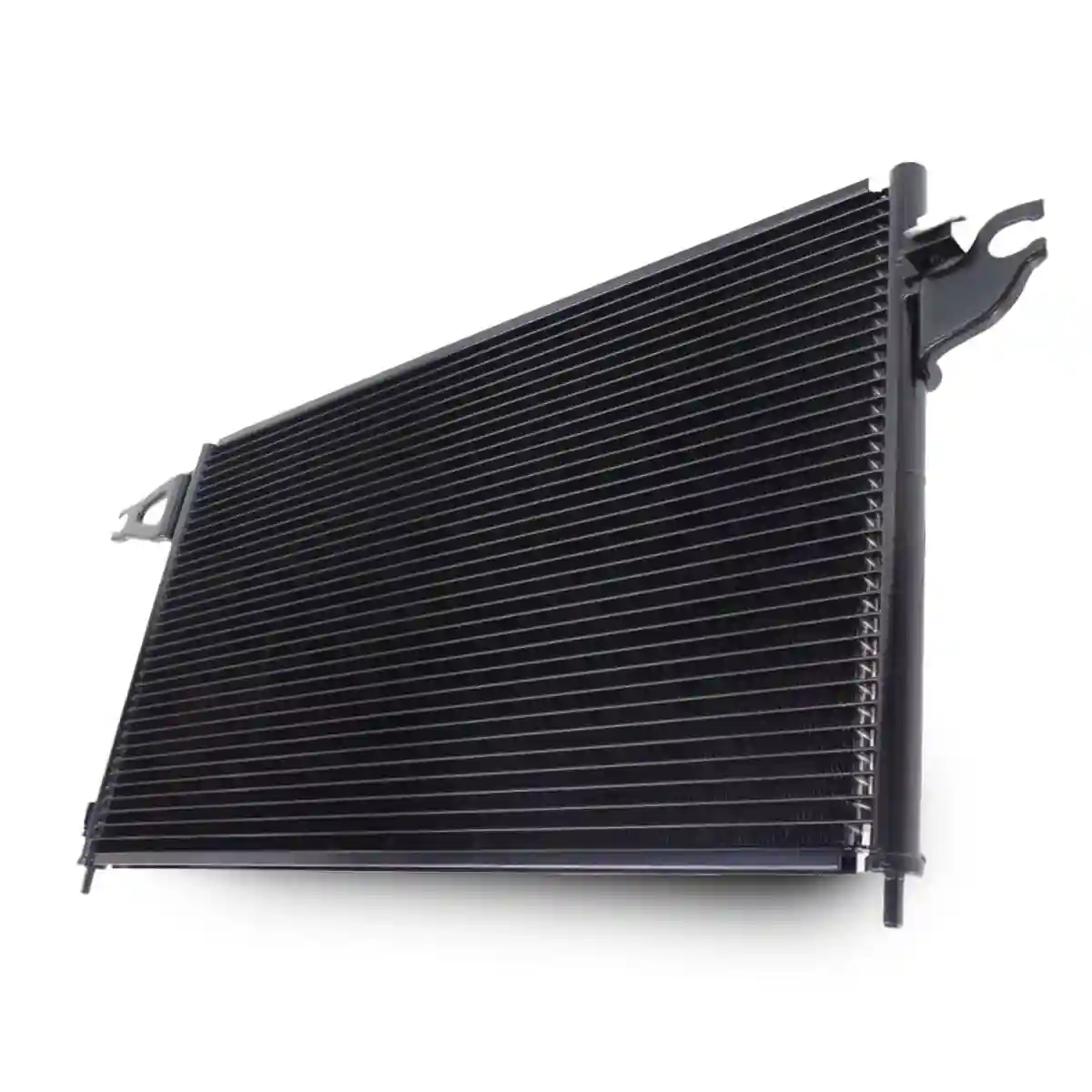Whether you're restoring a classic car or repairing a damaged panel, clear coating your painted auto parts is essential to achieving a professional and long-lasting finish. Clear coat serves as a protective layer, enhancing the shine and durability of your car's paintwork. In this article, we will explore everything you need to know about clear coating, from understanding its importance to choosing the right products and applying them correctly.
Understanding Clear Coat and Its Importance
Clear coat, also known as automotive clear coat or top coat, is a transparent layer applied over the base coat of paint on your car. Its primary purpose is to protect the underlying color and provide a glossy finish. Clear coat acts as a shield, safeguarding your car's paintwork from environmental factors such as UV rays, dirt, road debris, and chemical contaminants.
Common Issues with Clear Coat on Car Paintwork
Over time, clear coat can encounter several issues that affect the appearance of your car's paintwork. These include peeling, fading, oxidation, and scratches. Clear coat peeling, in particular, is a common problem that occurs when the bond between the clear coat and base coat weakens, leading to flaking and a dull, unattractive appearance. Understanding these issues is crucial to addressing them effectively. 
One common area where issues with clear coat can arise is the front bumper paint. The front bumper is susceptible to scratches and damage due to its position at the front of the vehicle. Over time, regular wear and tear, road debris, and parking mishaps can lead to scratches and scuffs on the front bumper's paint.
These scratches can compromise the integrity of the clear coat, exposing the underlying layers of paint to the elements. If left untreated, these exposed areas can lead to more significant problems such as paint chipping, corrosion, and further deterioration of the clear coat.
To address scratches on the front bumper, there are several options available. For minor scratches, you can consider using touch-up paint or clear coat repair kits specifically designed for automotive use. These products allow you to fill in the scratches and restore the protective layer of clear coat.
In cases where the scratches are deeper or more extensive, it may be necessary to seek professional help. Automotive body shops or paint repair specialists have the expertise and equipment to repair and repaint the front bumper, ensuring a seamless and professional finish.
Prevention is also key in protecting the front bumper paint. Using protective films or coatings, such as clear bra or paint protection film, can add an extra layer of defense against scratches and damage. These films are transparent and offer excellent protection while preserving the appearance of the original paintwork.
By being proactive in addressing front bumper paint issues and taking preventive measures, you can maintain the beauty and integrity of your car's clear coat, ensuring a long-lasting and pristine finish.
Repairing and Restoring Damaged Clear Coat
If your car's clear coat is damaged, there are various repair options available. For minor imperfections like scratches and swirl marks, you can try using specialized polishing compounds and techniques to restore the clear coat's shine. In cases of extensive damage or peeling, a complete clear coat removal and reapplication may be necessary. It's important to follow proper techniques and use high-quality products for optimal results.
Choosing the Right Clear Coat Products
When it comes to choosing the best clear coat for your car, it's essential to consider factors such as compatibility, durability, and ease of application. There are various clear coat products available, including spray cans, aerosol varnishes, and wipe-on solutions. Opting for reputable brands and high-quality formulations ensures a long-lasting and professional finish.
When selecting a clear coat for your car's body parts, it's essential to consider the specific needs of each component. Fender, in particular, are susceptible to scratches and chips due to their position on the sides of the vehicle. Therefore, opting for a clear coat with enhanced durability and scratch resistance is crucial for fender protection.
Look for clear coat products that offer high levels of impact resistance and UV protection, as these features can help safeguard the fenders from the damaging effects of sunlight and environmental elements. Additionally, choosing a clear coat with self-leveling properties can ensure a smooth and uniform finish on the fenders, minimizing the appearance of imperfections.
Taking note of the drying time of the clear coat is crucial. Selecting a fast-drying clear coat can speed up the application process, minimizing the chances of dust or particles settling on the fresh coat. These unwanted elements have the potential to mar the final outcome.
To ensure a flawless finish, it is imperative to meticulously prepare the fenders before applying the clear coat. Thoroughly clean and sand the surface to create a perfectly smooth canvas. This preparatory step is essential in establishing optimal adhesion, allowing the clear coat to adhere seamlessly.
By making informed decisions in choosing the appropriate clear coat products and employing proper application techniques, you can offer exceptional protection to your fenders. This proactive approach guarantees that your fenders will maintain a pristine appearance for an extended period.
Step-by-Step Guide to Clear Coating Your Auto Parts
 Clear coating your auto parts can be a DIY project with satisfying results. Here's a step-by-step guide to help you through the process:
Clear coating your auto parts can be a DIY project with satisfying results. Here's a step-by-step guide to help you through the process:
Prepare the Surface: Begin by thoroughly cleaning the painted surface of your auto parts. Remove any dirt, grease, or contaminants using a gentle automotive cleaner and a microfiber cloth. Ensure the surface is completely dry before proceeding.
Sanding (if needed): If there are imperfections or rough areas on the paintwork, you may need to perform light sanding. Use a fine-grit sandpaper and gently sand the surface, following the contours of the part. This helps create a smooth and even surface for the clear coat to adhere to.
Masking: Protect any areas that you don't want to be coated with clear coat by using masking tape and plastic sheeting. Cover adjacent panels, trims, or any other parts that should not come into contact with the clear coat.
Drying and Curing: Once you have applied the desired number of clear coat layers, allow the auto parts to dry and cure according to the manufacturer's instructions. This typically involves letting the clear coat dry for a specific period, which may vary depending on the product and environmental conditions.
Finishing Touches: After the clear coat has fully cured, carefully remove the masking tape and plastic sheeting. Inspect the coated surface for any imperfections or areas that may need touch-ups. If necessary, perform light sanding and buffing to achieve a smooth and glossy finish.
Test Spray: Before applying the clear coat to the entire part, it's advisable to perform a test spray on a small, inconspicuous area. This allows you to check the color match and ensure the clear coat adheres properly to the base coat.
Apply the Clear Coat: Shake the clear coat can or container well to mix the contents. Hold the can approximately 6-8 inches away from the surface and apply the clear coat in light, even coats. Start with a thin coat and allow it to flash off before applying additional coats. Follow the manufacturer's instructions regarding the recommended number of coats and drying times between each coat.
Clear Coat Maintenance and Protection
To ensure the longevity and durability of your clear coat, it's important to follow proper maintenance and protection practices. Here are some tips to help you maintain the clear coat on your car:
Tips for Maintaining Clear Coat on Your Car
- Regular Washing: Clean your car regularly, using a mild automotive shampoo and a soft sponge or wash mitt. Avoid abrasive cleaners or scrubbing brushes that could damage the clear coat.
- Avoid Harsh Chemicals: Be cautious when using harsh chemicals or solvents near the clear-coated surface. They can potentially strip away the protective layer and damage the paintwork.
- Waxing and Polishing: Apply a high-quality automotive wax or sealant to the clear-coated surface to enhance its protection and shine. Regular waxing helps maintain the clarity and integrity of the clear coat.
- Professional Detailing: Consider periodic professional detailing services to deep clean and rejuvenate your car's clear coat. Detailers have the expertise and tools to safely remove contaminants, polish the surface, and maintain the clear coat's pristine condition.
- Parking Protection: Whenever possible, park your car in shaded areas or use car covers to shield it from prolonged exposure to sunlight, which can cause clear coat fading and deterioration.
Another crucial area to consider for clear coat protection is the rear bumper. Just like the front bumper, the rear bumper is prone to scratches and damage, especially during parking and loading activities. These scratches can compromise the clear coat's integrity and expose the paint underneath.
To protect the rear bumper's clear coat, consider using bumper guards or protective covers when loading or unloading items. These accessories can provide an additional layer of defense against accidental bumps and scratches. Additionally, regular cleaning and waxing of the rear bumper can help maintain the clarity and resilience of the clear coat, prolonging its lifespan.
Frequently Asked Questions about Clear Coating Auto Parts
Can I apply clear coat myself, or should I seek professional help?
Clear coat application can be done by individuals with some experience in automotive painting and proper equipment. However, for complex repairs or if you're unsure of your skills, it's recommended to seek professional help. Professional automotive painters have the expertise and tools to achieve a flawless and long-lasting clear coat finish.
What is the best clear coat for cars?
The choice of clear coat depends on various factors such as compatibility with the base coat, desired finish, and application method. It's recommended to use high-quality clear coat products specifically formulated for automotive use. Consult with an automotive specialist or refer to the manufacturer's recommendations to determine the best clear coat for your specific needs.
How do I repair peeling clear coat on my car?
Repairing peeling clear coat requires careful attention to detail. Start by sanding the affected area to remove the peeling clear coat and create a smooth surface. Clean the area thoroughly and apply a suitable automotive clear coat using proper application techniques. For more extensive damage, it may be necessary to seek professional assistance to ensure a seamless repair.
How often should I reapply clear coat to my car?
The frequency of clear coat reapplication depends on various factors such as environmental conditions, driving habits, and the quality of the initial clear coat application. As a general guideline, consider inspecting the condition of your clear coat annually and reapply as needed. Regular maintenance and protection can help extend the lifespan of the clear coat.
Where can I purchase clear coat products?
You can purchase high-quality clear coat products from reputable automotive stores and online retailers. When looking for clear coat options, consider visiting paintedautobodyparts.com. They offer a wide range of automotive clear coat products designed to provide excellent protection and a professional finish. Remember to choose a clear coat that is compatible with your car's paint system and consult the store's customer service for any specific questions or product recommendations.
In conclusion, clear coating your painted auto parts is a crucial step in achieving a stunning, durable, and protected finish. Understanding the importance of clear coat, addressing common issues, and selecting the right products and techniques are vital for successful clear coat application. By following proper maintenance practices and seeking professional assistance when needed, you can ensure the longevity and brilliance of your car's clear coat. Trust in the reliability and expertise of paintedautobodyparts.com for your clear coat needs, and enjoy a car that stands out with its impeccable paintwork and enhanced protection.
